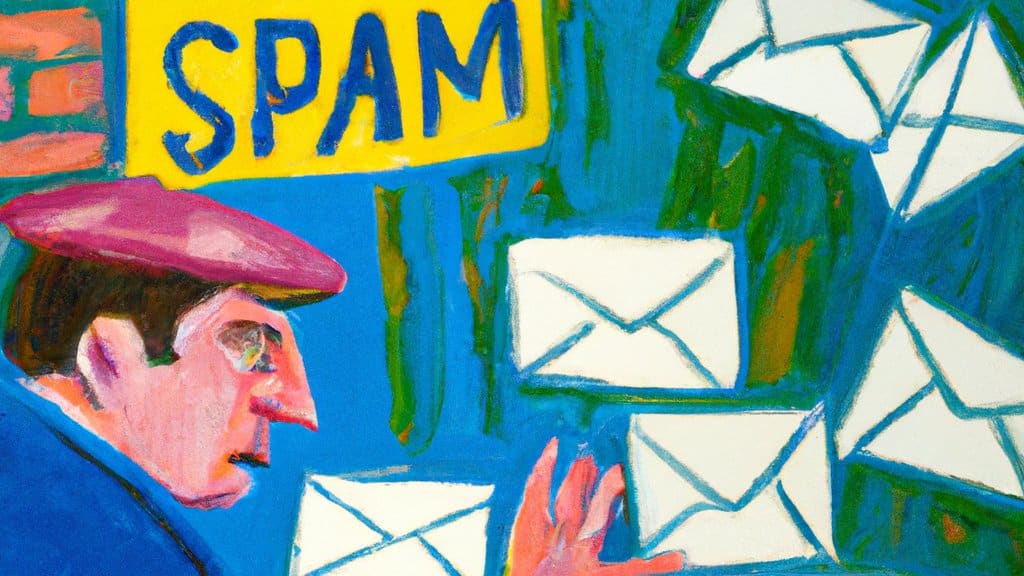Your brand may be more important to the success of your business than you realize. Almost half of all consumers weigh whether to become more or less loyal to a brand at the time of initial purchase. Your brand represents everything that your business does and is the overall picture that your current and prospective customers form of your company’s credibility, values, and personality. Anything that tarnishes your brand can have a significant impact on your sales. Therefore, you are careful to limit marketing emails and texts to just the recipients who have explicitly agreed to receive your communications. Unfortunately, all it takes is one careless employee to unleash a storm of spam that can have serious repercussions. In addition, spam can be affecting your company’s bottom line in ways that you have not considered.
- Hackers often use spear-phishing or phishing emails to launch an attack on brands. In fact, more than 90% of all hacking attacks start with a spear-phishing or phishing campaign, according to Wired.com. Two surprising examples are the ones that successfully targeted RSA Security and the Oak Ridge National Laboratory. In the case of RSA, an email filter had sent the suspicious email to a junk folder, but an employee actually retrieved it and opened the attached file, which exploited a vulnerability to install a backdoor that allowed the hackers to steal information related to the company’s two-factor authentication products. At Oak Ridge, the email contained a link to a website that downloaded malware to siphon off megabytes of data.
- Bad actors have become increasingly sophisticated. Spoofing an email address to make it appear that their messages are coming from you is incredibly simple for them. However, in recent years, they have upped the stakes. Not unlike the spam attacks from social networks, Kaspersky Lab recently discussed an incident that took place in which the attackers were distributing spam via the company’s server. As is usually the case, phishing emails provided the hackers with the credentials they needed to get inside.
- Globally, about 14.5 billion spam messages are sent daily, according to Spam Laws, and comprise between 45% and 73% of all emails. Spam has become so prevalent that it has become increasingly difficult for legitimate marketers to convince customers, especially sent from or containing commonly spoofed or phished brands, to open their messages. Even if your customers recognize your brand, they may wonder whether you actually sent the message or whether a hacker has spoofed your address. Since email marketing campaigns typically have the highest return on investment, it is easy to see how the proliferation of spam can have a direct impact on your revenue.
If you are serious about protecting your brand, Abusix can help. Brands are phished and spoofed every day, but Abusix lets you identify the misuse of your brand so that you can defend yourself against those who are attempting to use your brand’s reputation for their own nefarious purposes. Contact Abusix today to learn more about how we can help you protect your brand, your profits, and your employees from cybercriminals.




